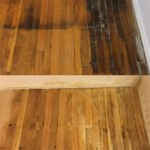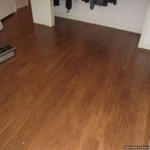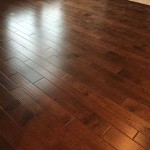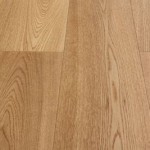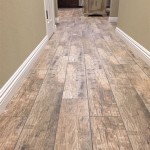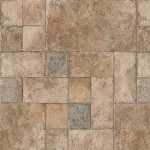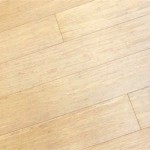Vinyl Wood Flooring Installation: A Comprehensive Guide
Vinyl wood flooring has gained immense popularity for its durability, water resistance, and realistic wood-like appearance. Installing vinyl wood flooring is a rewarding DIY project that can transform the look of your home. Here's a comprehensive guide to help you achieve a professional-looking installation:
Preparation:
Before you begin, ensure your subfloor is level, smooth, and free of debris. Level any uneven spots or subfloor imperfections by using a leveling compound or plywood underlayment. Remove any existing baseboards and trim to accommodate the new flooring.
Underlayment Installation:
An underlayment provides cushioning, reduces noise, and prevents moisture from seeping through the subfloor. Roll out the underlayment across the entire floor and secure it with tape at the seams. Trim any excess around the edges.
Vinyl Wood Flooring Installation:
Start laying the planks from a corner of the room. Position the first plank flush against the wall and use a tapping block and hammer to secure it. Continue laying the planks in a staggered pattern, ensuring each row locks into the previous one. Cut planks to fit the edges of the room using a utility knife or circular saw.
Expansion Gaps:
Allow for expansion gaps around the edges of the room and around any fixed objects to prevent buckling. Use spacers to maintain a consistent gap of 1/4 inch around the perimeter. Remove the spacers after installation.
Trimming and Finishing:
Once you've installed the flooring, trim around the edges using a utility knife or oscillating tool. Reinstall the baseboards and trim, making sure to caulk any gaps between the flooring and the walls. A transition strip can be used if the flooring extends into another room with a different flooring type.
Care and Maintenance:
To keep your vinyl wood flooring looking its best, sweep or vacuum regularly to remove dirt and debris. Avoid using harsh chemicals or abrasive cleaners. Use a damp mop for occasional cleaning and dry it thoroughly afterward. Vinyl wood flooring is generally not refinishable, so replace any damaged planks as needed.
Conclusion:
Installing vinyl wood flooring is a DIY project that requires careful preparation and attention to detail. By following the steps outlined in this guide, you can achieve a professional-looking installation that will enhance the beauty and functionality of your home for years to come.

How To Install Vinyl Flooring Planks

Installing Vinyl Plank Flooring How To Fixthisbuildthat

Laying Vinyl Planks The Right Way Expert Guide By Fantastic Handyman

How To Install Vinyl Plank Flooring In A Bathroom Fixthisbuildthat

What Are The Advantages Of Loose Lay Vinyl Plank Impression Floors

Installing Vinyl Floors A Do It Yourself Guide The Honeycomb Home

10 Beginner Mistakes Installing Vinyl Plank Flooring

How To Install Vinyl Plank Flooring As A Beginner Home Renovation

Installing Vinyl Floors A Do It Yourself Guide The Honeycomb Home

A Complete Guide How To Stagger Vinyl Plank Flooring Whole Cabinet Supply
Related Posts

